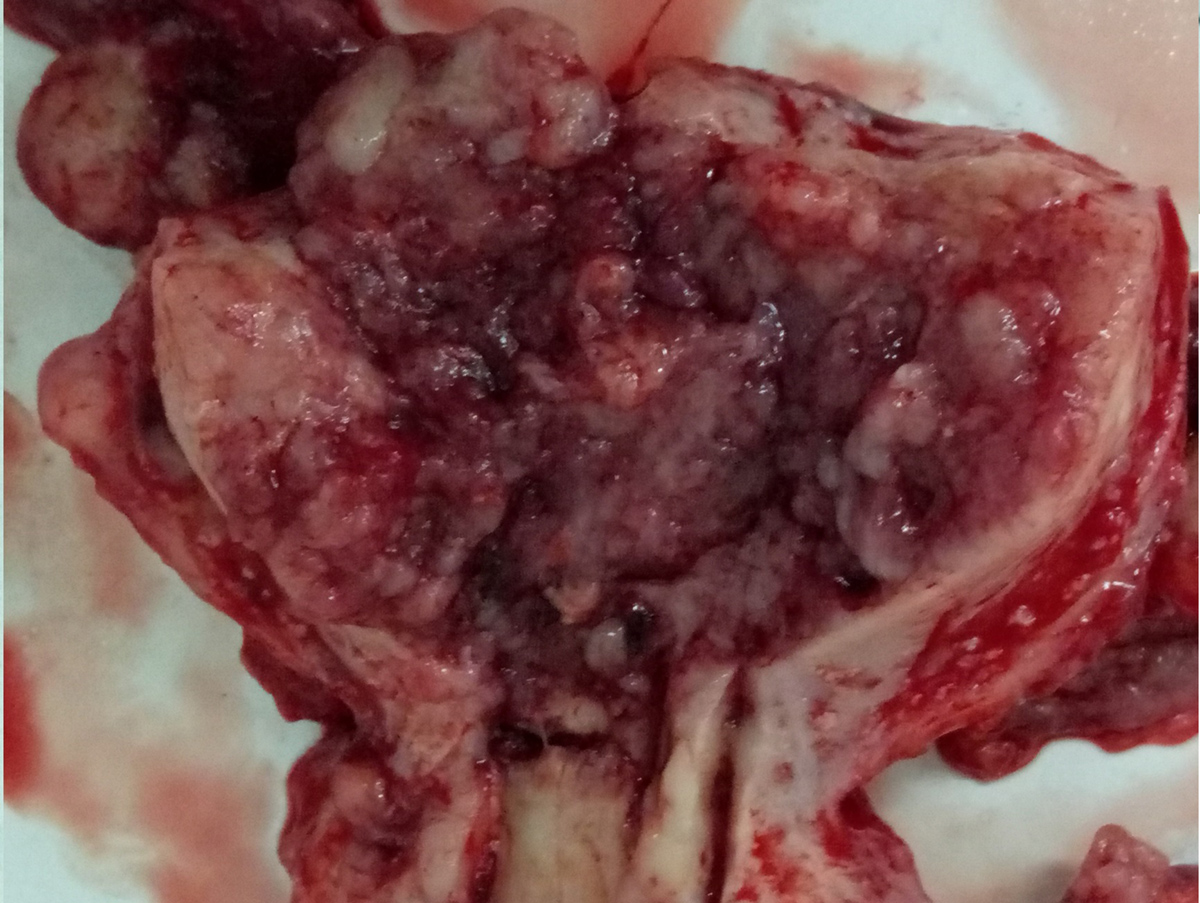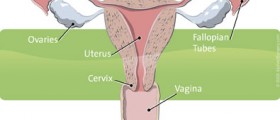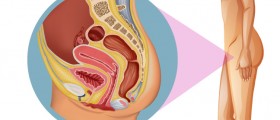
According to the data, uterine cancer is the fourth most common cancer diagnosed in women. The data also claims that more than 34,000 women are diagnosed with this type of cancer every year. In the year 1997 more than 6,000 women died due to this cancer type in the United States alone.
Uterine cancer can affect every woman, of any age, but there are some who are more prone to it than others. White women are more prone to developing uterine cancer, especially those who are obese or postmenopausal. Apart from these risk groups, women who suffer from diabetes and hypertension are also more likely to end up developing this type of cancer. Women who are least affected by uterine cancer are those living in Southeast Asia and India. Due to advanced medical technology it is a lot easier nowadays to diagnose and treat uterine cancer.
Causes of uterine cancer
First of all, it is important not to mix endometrial hyperplasia and endometrial cancer since they are not the same thing but two different entities. There are a lot of different histopathologic types of tumor which can be found in the uterus, and uterine cancer is merely the general term which is used to describe them.
According to medical experts, the most commonly seen cancer of the uterus is one called adenocarcinoma. Apart from this cancer, there are a few more histologic subtypes of uterine cancer which may occur. The most commonly seen forms of uterine cancer have a higher survival rate than rarer types, with a lower survival rate. It is also more common that a woman diagnosed with serous and clear cell carcinoma has a higher life expectancy and better treatment outcomes than a woman diagnosed with some other type.
Older women also have a higher risk of having abnormal cervical cytology than younger women. Just like with every other type of cancer, there are certain risk factors which increase the risk of cancer development in the case of uterine cancer. The risk of endometrial cancer increases with any characteristic that increases exposure to unopposed estrogen. The best way a woman can decrease the risk factors of uterine cancer is by decreasing exposure to estrogen.
Apart from unopposed estrogen therapy, there are some other risk factors like obesity, anovulatory cycles and estrogen-secreting neoplasms. An interesting thing is that smoking seems to decrease estrogen exposure and due to that fact decrease the risk of uterine cancer. The use of oral contraceptive increases the levels of progestin and provides protection against development of uterine cancer. Women who are diagnosed with breast cancer often undergo Tamoxifen therapy and that only increases the risk uterine cancer because it has an estrogenic effect on the female genital tract.
Are elderly women more prone to developing uterine cancer?
Endometrial cancer is most commonly seen in women aged between 55 and 65, according to the data. There was one case where the patient was a girl of 3 years of age, and these situations involving females who have not yet reached puberty are extremely rare. According to the data, there is no more than 5% of chance that a woman will be diagnosed with uterine cancer if she is younger than 40 years of age.
Women who are premenopausal have a much higher risk of developing endometrial cancer. The experts believe that these women have five times more of a risk of suffering from endometrial cancer than of cervical cancer. Noticing the early symptoms of endometrial cancer is essential, because the chances of a better treatment plan and survival rate are a lot higher then.
In almost all cases of uterine cancer, vaginal bleeding or spotting is the first symptom. Due to the fact that uterine cancer is more common in women who no longer experience menopause, bleeding from the vagina is a pretty strong sign that it is crucial to go to the doctor. There are some cases when the tumor may obstruct the cervical canal. If that is the case, the blood cannot be expelled and that leads to a lot of abdominal pain. These abdominal pains may vary from mild to severe.
In the most severe cases, the woman will experience such abdominal pain as is experienced when a woman is labor and about to give birth. Those women who still have menstrual cycles may notice irregular and massive bleeding that does not cease after a period of couple of days. The data claims that 25% of all women diagnosed with uterine cancer are still having normal menstrual cycles. Apart from bleeding, there are other symptoms which are seen in more advanced stages. Intensive pain, weight loss and anemia are seen in almost all cases. According to the experts, prolonged growth of endometrium is the thing that usually underlines uterine cancer.
Due to this fact, it is important to end that process with the use of synthetic progesterone. By doing that, further growth will be stopped and that may prevent the development of uterine cancer. Most doctors recommend the use of contraceptives.
When treatment is considered, there are two options. The first one is surgery and the other one is irradiation. A surgical procedure, either to remove the cancer or the entire uterus (hysterectomy) is the preferred option because it leads to better outcomes. However, it is important to note that chemotherapy can also be offered to women suffering from more advanced stages of uterine cancer, or offered after surgery to prevent the cancer from coming back.

















Your thoughts on this
Loading...